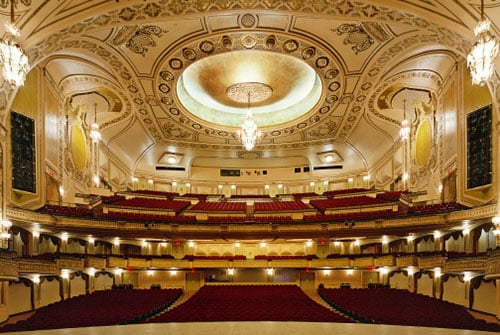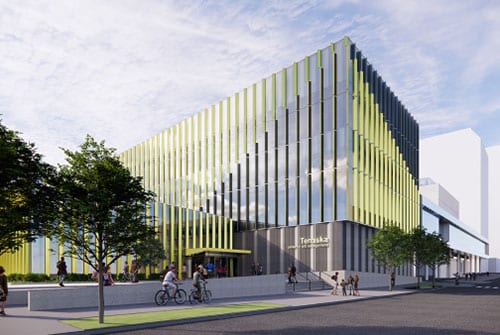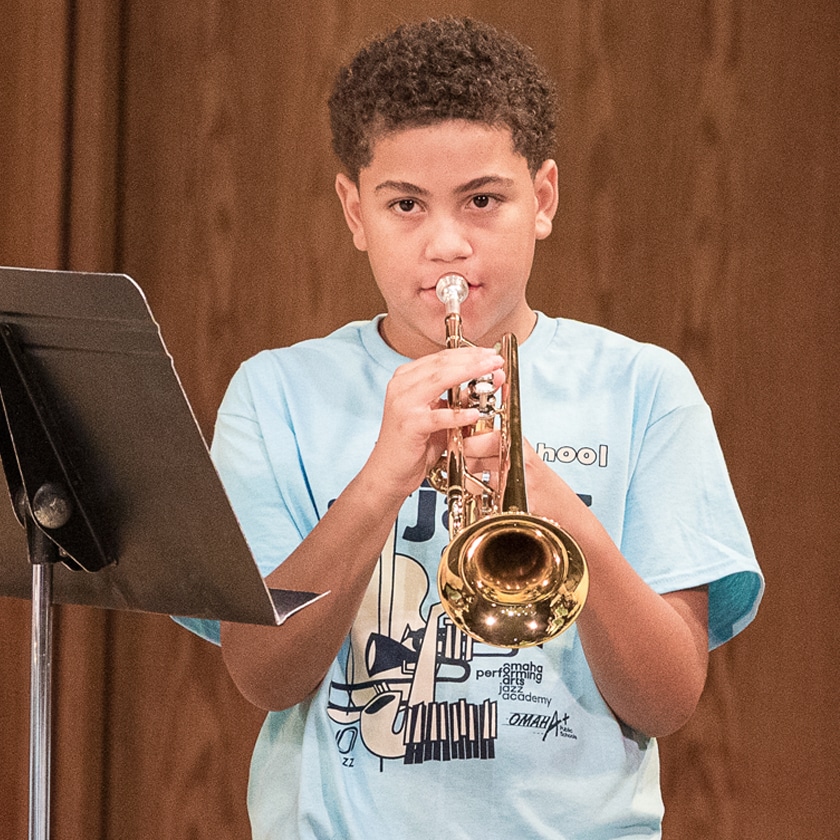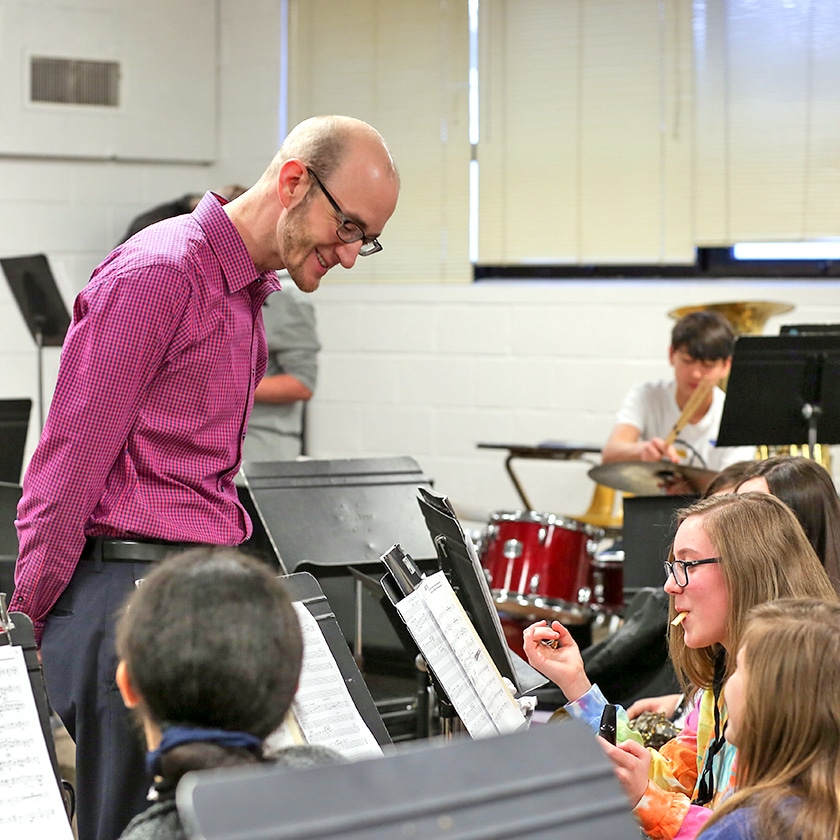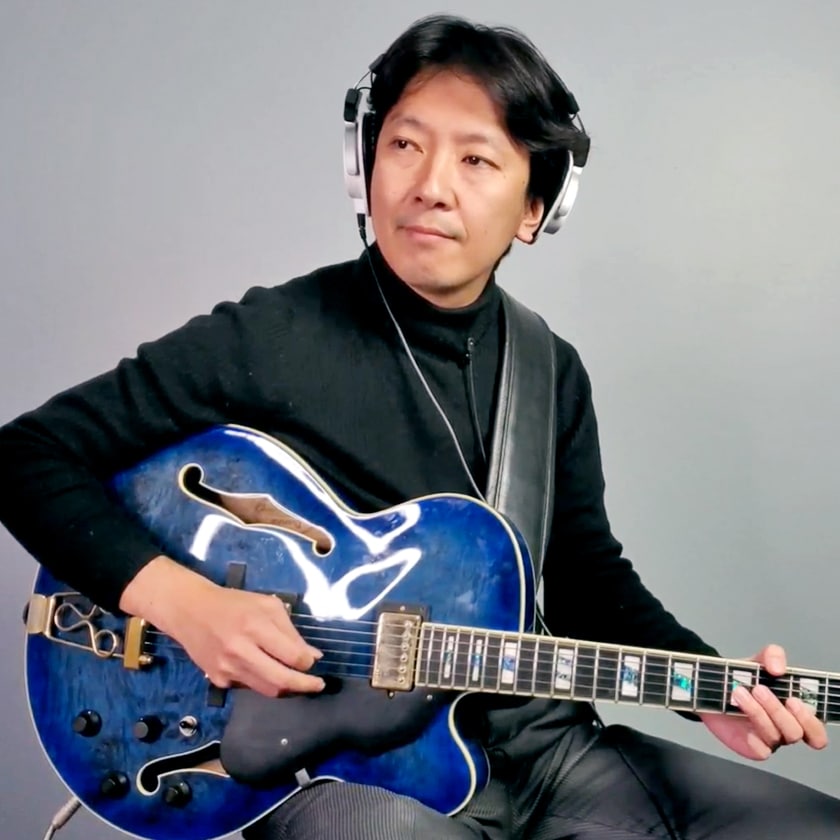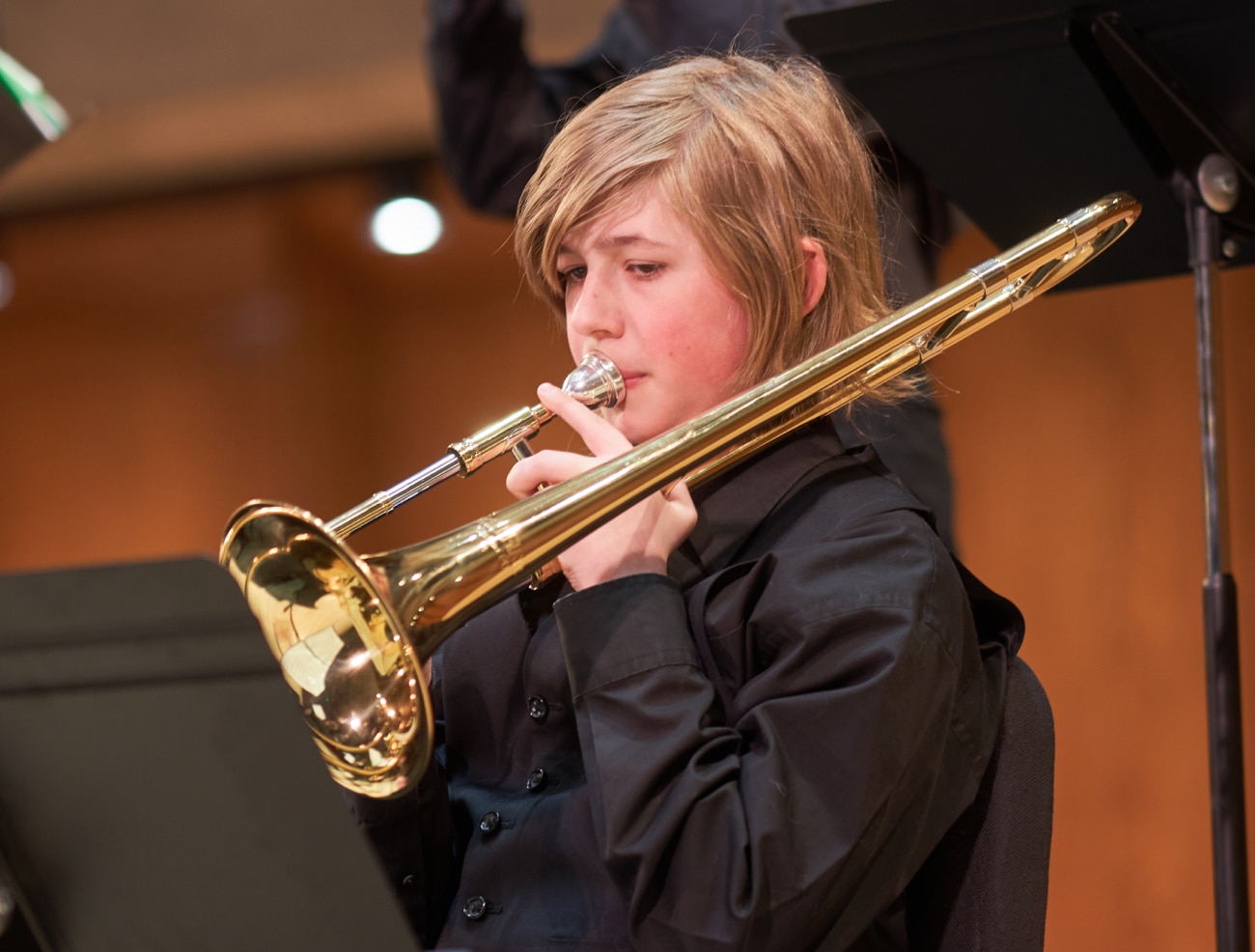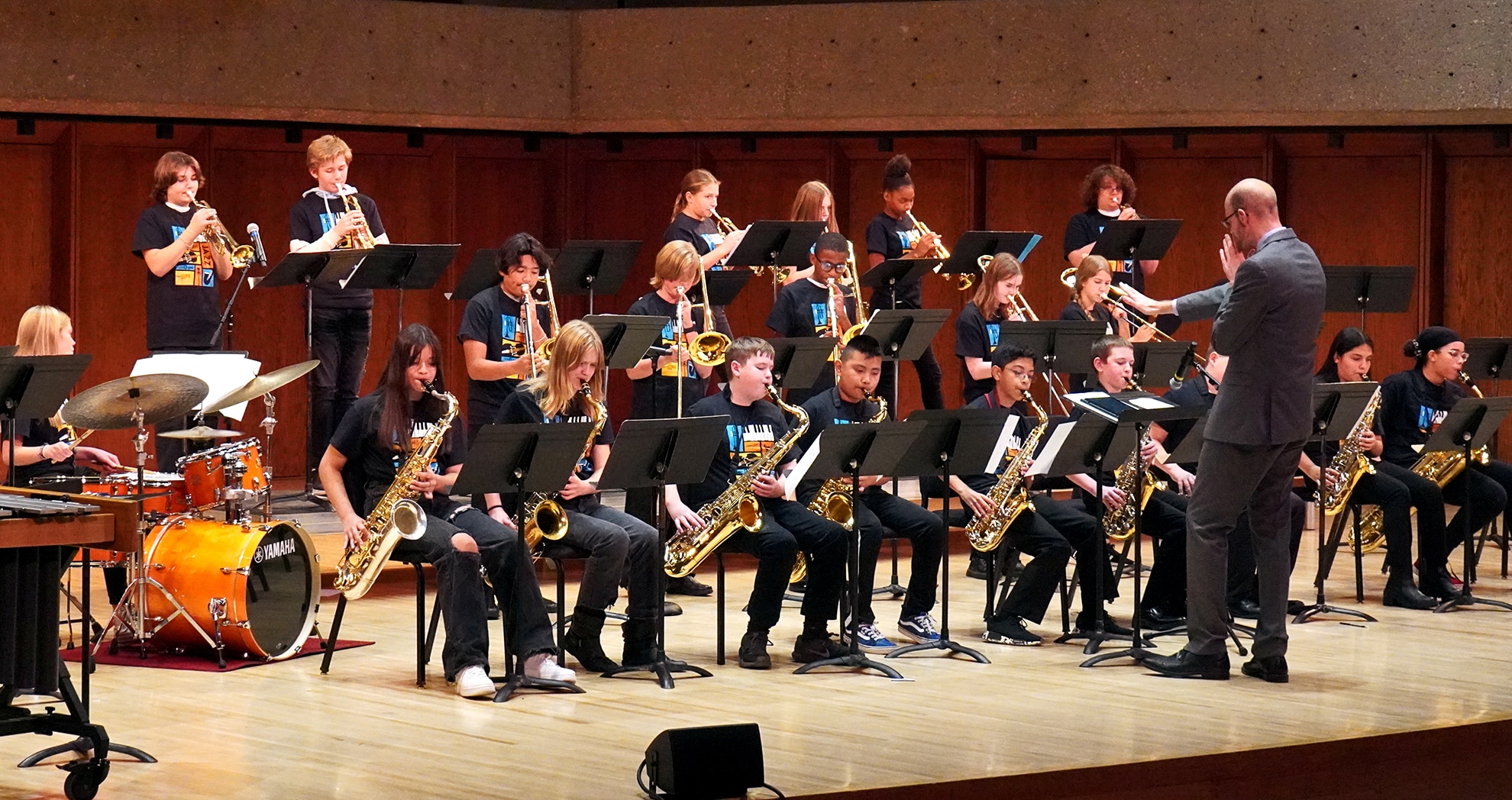

jazz academy
Jazz Academy supports and fosters quality jazz education for area middle school students and teachers with in-school and extracurricular opportunities. We’re excited to announce a new Ensemble Class* with open enrollment for any student in grades 6 – 8!
Explore Jazz Academy opportunities
Jazz Academy Ensemble Class
Students can individually enroll in beginner and intermediate ensemble experiences.
RegisterIn-school & teacher workshops
Teachers can register for free in-school workshops and professional development.
Learn MoreOn-demand digital lessons
Access free online jazz lessons for middle and high school students led by local jazz artists.
Browse lessons*Note: The paid Ensemble Class is replacing the Jazz Academy Middle School Ensemble experience previously offered.
Meet Teaching Artist Shawn Bell
Trombonist Shawn Bell studied music and has traveled the world as a jazz musician. For the last decade, he’s been working as an in-demand educator to inspire the next generation of jazz artists. Along with private training for students of all levels, he’s taught large and small ensembles at Northern Illinois University and Lansing Community College.
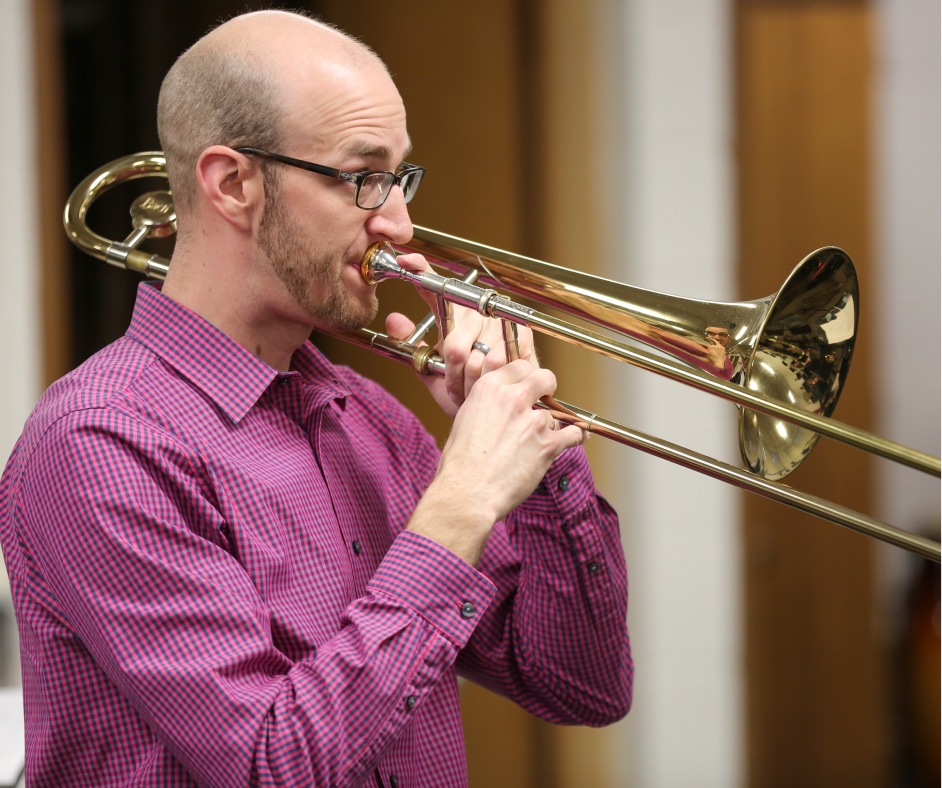
Jazz Academy is sponsored by:
The Community Foundation for Western Iowa, Hearst Foundation, Inc., Iowa West Foundation, The John K. and Lynne D. Boyer Family Foundation, and The Rebensdorf Family Foundation.


